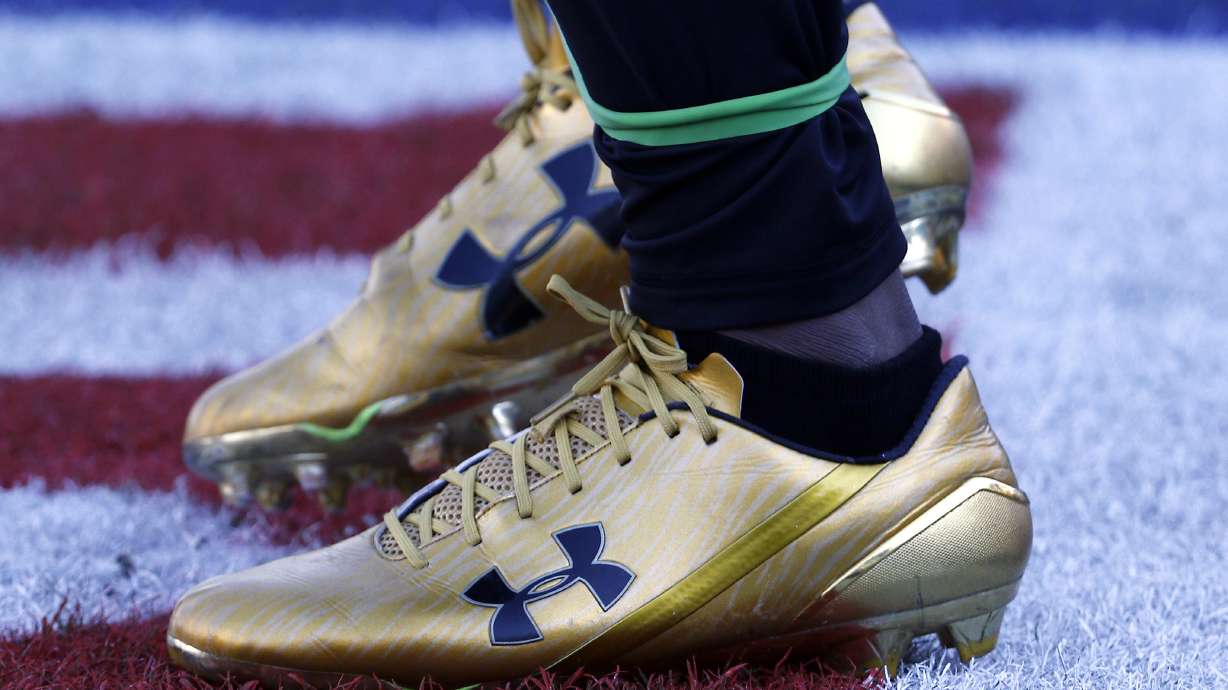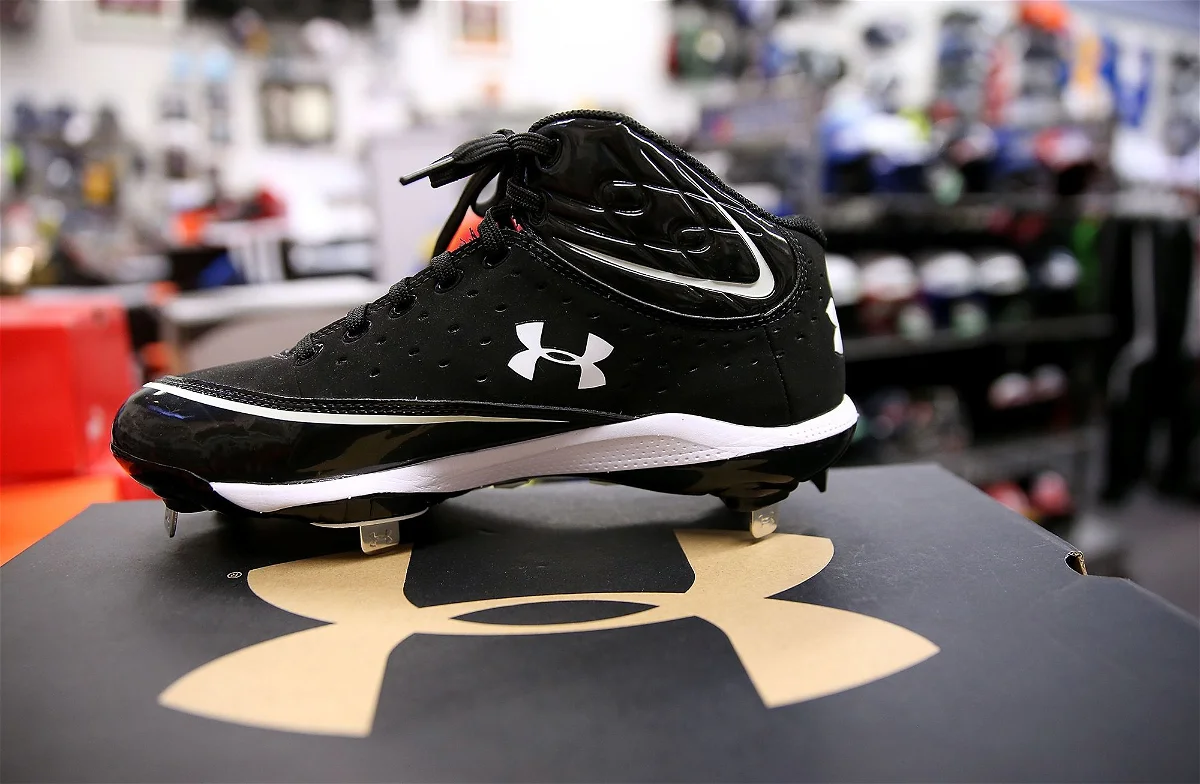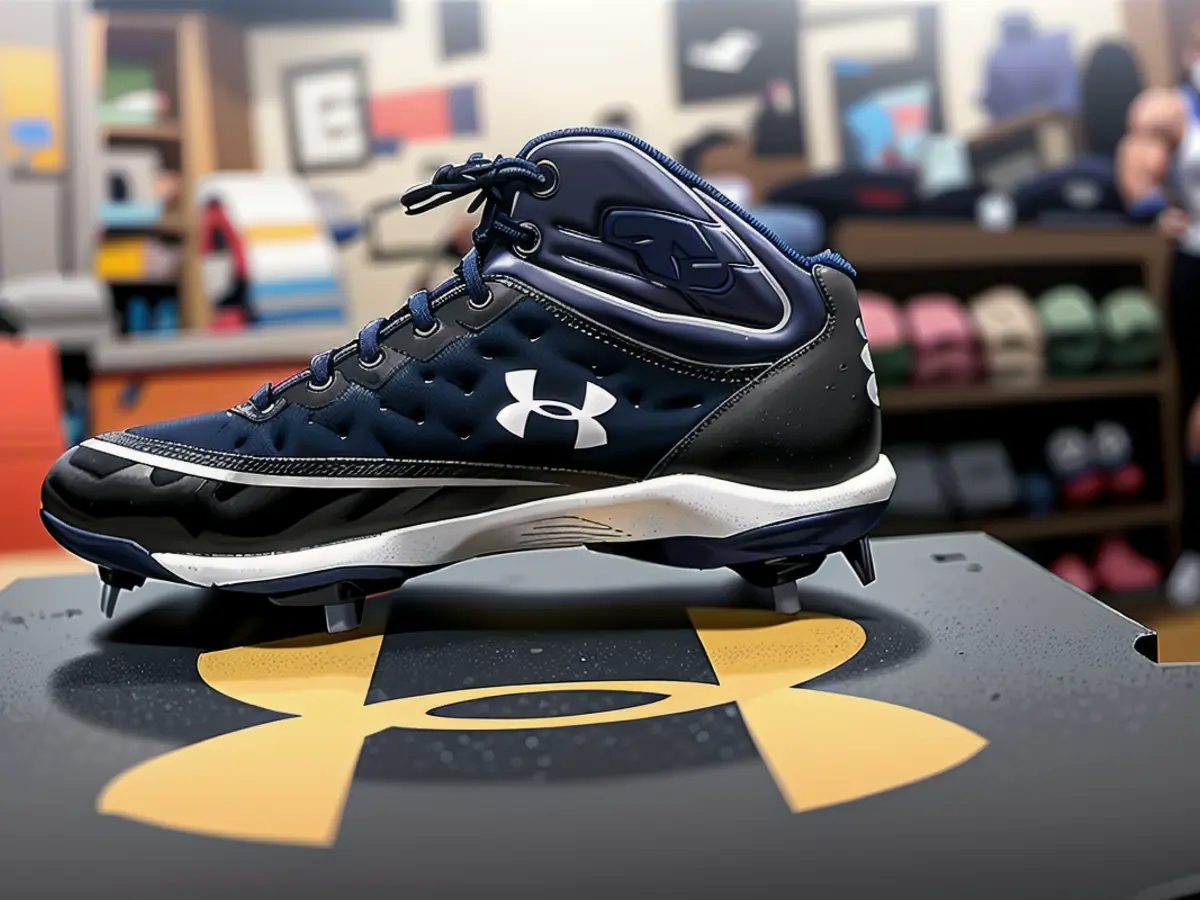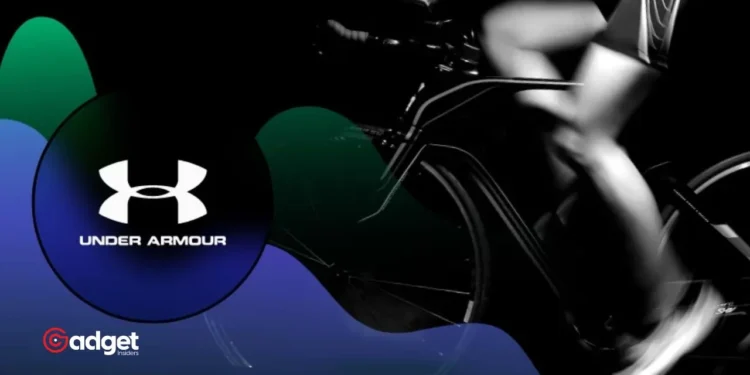Once hailed as a formidable rival to Nike, Under Armour is now grappling to stay afloat in the crowded sportswear market. Founded by Kevin Plank, a former college athlete, the brand gained rapid fame with its moisture-wicking fabric products. However, recent years have seen a sharp decline in its market position.

Under Armour: Struggles and Setbacks
Under Armour’s annual sales have been stagnant for several years, and its stock has plummeted 88% from its peak in 2015. Industry experts attribute this decline to several factors, including an identity crisis, management controversies, and failure to adapt to market trends.
David Swartz, a senior equity analyst at Morningstar, explained, ” the brand was once growing at over 20% annually and was seen as a legitimate competitor to Nike. However, that growth didn’t last.”
Leadership Challenges
Kevin Plank, the company’s founder, has returned as CEO after being replaced in 2019, similar to the returns of Howard Schultz at Starbucks and Bob Iger at Disney. Plank aims to turn the company around by focusing on innovation and cutting down on the number of products offered.
“We are simply doing too much stuff,” Plank said. “To reconstitute this brand, we must be highly focused and prioritize what needs to get done.”
However, the frequent leadership changes have hindered the company’s ability to remain agile and decisive. Swartz noted, “The company has essentially had five CEOs in the past five years, if you count Kevin Plank twice.”

Financial Troubles
The period from 2016 onward has been particularly challenging for Under Armour. The bankruptcy of Sports Authority, a major retailer of the company’s products, significantly impacted the brand. Additionally, a $280 million sponsorship deal with UCLA ended in a lawsuit, further damaging the company’s reputation.
Under Armour also settled a multi-year investigation with the US Securities and Exchange Commission for $9 million due to past accounting practices. These financial and legal troubles have added to the company’s woes.
Market Missteps
Under Armour’s high-performance sportswear struggled to compete with the athleisure trend popularized by brands like Lululemon. Zak Stambor, a senior analyst at eMarketer, highlighted this issue, saying, “Under Armour has failed to latch upon streetwear or sports style that catapulted brands like On or Hoka.”
Plank’s decision to reduce discounts could also hurt the brand. Stambor warned, “This carries the risk of decreasing demand, particularly when you don’t have a must-have product.”
Celebrity Endorsements and Future Prospects
Despite these challenges, Under Armour has maintained some strong partnerships. Eric Smallwood, president of Apex Marketing Group, emphasized the brand’s successful collaborations with celebrities like Dwayne “The Rock” Johnson and Stephen Curry.

“The relationship with The Rock has been effective, expanding to the United Football League, which Johnson co-owns,” Smallwood said. “Golf is another area where the brand is making inroads, while the Stephen Curry partnership has kept the brand visible in the basketball world.”
However, not all celebrity endorsements have been successful. NBA star Joel Embiid left the company for Skechers, and WNBA phenom Caitlin Clark is expected to sign with Nike despite Under Armour’s efforts.
The Path Forward
For Under Armour to regain its footing, the company needs to clarify its identity. Smallwood pointed out, “The bottom line for Under Armour is to be clear about its identity. Are they a shoe company? An apparel company? At one point, everyone copied their moisture-wicking undershirt. Then maybe they had an identity crisis.”
To remain relevant, Under Armour must decide whether to evolve into a lifestyle brand or focus solely on performance-based products. Identifying and leaning into what consumers want will be crucial for the brand’s future success.










